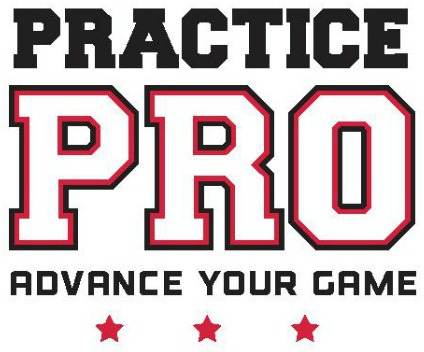I hear it all the time, “Is there some kind of trick that I can use during a game to prevent me from going into a downward spiral?” It’s frustrating (and even more confusing) to start off well and then lose this “groove” later in the game.
While at first it seems sometimes coaches over-analyze what could have happened…”she got tired”, “she lost it mentally”, “she stopped performing her mechanics properly,” and so on, at second thought, I believe this is an under-analysis or a faulty analysis without proper work on the back end to diagnose issues and adjust practice accordingly. In order to identify the issue take a cue from college teams. They are always recording a huge amount of stats throughout the games. For them, there is no “guessing” when it comes to the issues they face during game time. They try to make it as objective, and therefore easy, as possible to make decisions.
Read More

















